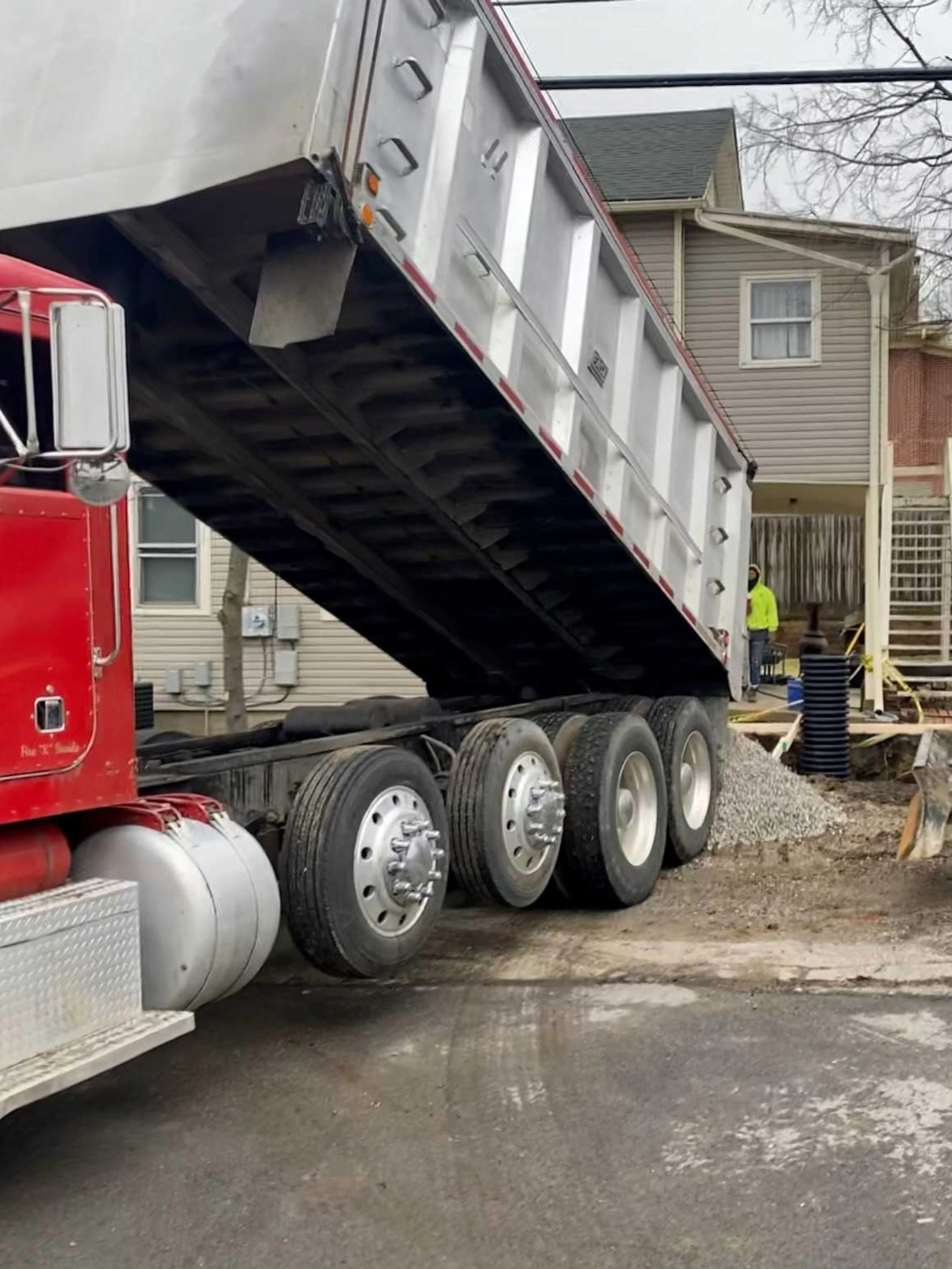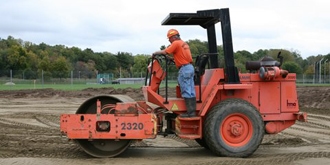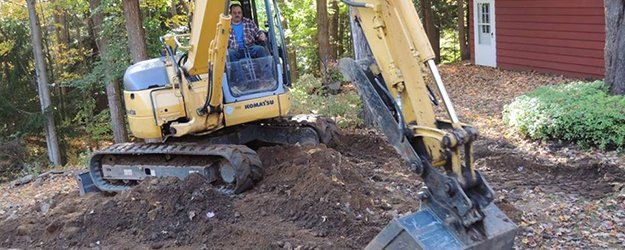Revealing the Art of Excavation: Pro Tips for Safe and Productive Digging
In the world of excavation, the proficiency of efficient and safe digging is an art type that requires adherence, understanding, and precision to well established methods. As soil is transformed and earth is moved, the intricacies of excavation reveal themselves, demanding an eager understanding of devices, dirt structure, safety methods, and environmental considerations. The competence needed to browse these elements properly can imply the distinction between an effective excavation project and a possible catastrophe. By untangling the layers of this complex procedure, a globe of approaches and understandings awaits those looking for to raise their excavation skills to new elevations.
Significance of Correct Equipment
To make certain the safety and security and efficiency of any excavation project, utilizing the appropriate equipment is paramount. Excavation projects vary in scope and complexity, varying from tiny household landscape design tasks to massive building endeavors.
These versatile machines come in numerous sizes to match different task demands. Small excavators are ideal for smaller sized tasks, while bigger excavators tackle a lot more substantial projects successfully.
Bulldozers succeed in jobs that require pushing large amounts of soil or debris. By spending in the ideal equipment, excavation jobs can be finished securely, on time, and with precision.
Recognizing Dirt Composition
A detailed understanding of soil composition is basic for implementing excavation projects with precision and security. Recognizing the various types of soil is essential as it directly impacts excavation approaches, tools selection, and general job performance. Dirt make-up typically includes four main elements: sand, silt, clay, and raw material. Each element has special homes that influence just how dirt responds to excavation procedures.
Silt bits are smaller sized than sand however larger than clay, supplying moderate water drainage and cohesion. Organic matter, such as decaying plant product, affects dirt fertility and stability.
Prior to beginning excavation, carrying out soil examinations to identify its make-up and attributes is necessary. This information aids in selecting the appropriate tools, executing safety and security procedures, and developing excavation methods tailored to the details soil problems - septic ohio. By comprehending dirt composition, excavation professionals can improve task outcomes while making certain safety and adherence to finest techniques
Security Measures and Procedures
Recognizing soil structure is the keystone upon which safety steps and methods for excavation projects are built, making sure the health of workers and the success of the venture. There are several key steps that need to be implemented to reduce dangers and stop crashes. when it comes to safety and security throughout excavation.
Most importantly, before any type of digging begins, a thorough evaluation of the site ought to be carried out to recognize any kind of possible dangers such as below ground energies, unsteady soil problems, or neighboring frameworks that might present a risk. It is vital to have a qualified individual look after the excavation procedure to make sure that all security septic ohio procedures are followed strictly.
Moreover, all workers involved in the excavation needs to be appropriately trained in risk-free digging techniques and the correct operation of equipment. By sticking to these security procedures and procedures, excavation projects can be finished effectively and without event.
Effective Excavation Preparation
When beginning on an excavation task, careful planning is important to ensure performance, security, and effective end results. Efficient excavation planning entails a number of key actions that are important for the smooth execution of the task. The very first step is to perform a thorough website assessment to determine any possible dangers, such as below ground utilities or unpredictable soil problems. This information is crucial for establishing a comprehensive excavation plan that consists of security actions and run the risk of reduction methods.
As soon as the site assessment is total, the following action is to create a clear timeline and schedule for the excavation activities. This consists of establishing the sequence of tasks, devices demands, and manpower allowance. Correct organizing helps avoid hold-ups and ensures that the job remains on track.

Moreover, communication amongst all group participants is extremely important throughout the preparation phase. Clear regulations, regular updates, and effective coordination are essential for a successful excavation project. By spending effort and time in thorough preparation, excavation teams can considerably enhance performance, reduce risks, and achieve effective results.

Handling Ecological Considerations
With increasing focus on environmental sustainability in building and construction methods, taking care of environmental factors to consider has come to be an important facet of excavation jobs. Excavation activities have the prospective to impact the surrounding atmosphere via soil disintegration, sediment runoff, environment disruption, and contamination of water resources. To mitigate these dangers, it is vital to carry out ideal practices that focus on environmental management.

Additionally, proper waste management is crucial to avoid dirt and water contamination. Applying procedures for the disposal of harmful products, recycling of waste products, and lessening using damaging chemicals can considerably decrease the ecological effect of excavation jobs. By integrating these techniques right into excavation planning and implementation, building and construction business can make sure that their jobs are not only secure and efficient but additionally ecologically responsible.
Verdict
To conclude, grasping the art of excavation requires a thorough understanding of correct equipment, dirt structure, safety actions, and reliable planning. By adhering to these guidelines and taking into consideration environmental variables, excavations can be carried out securely and efficiently. It is crucial to prioritize safety and security and productivity in every excavating project to make certain successful results.
As soil is transformed and planet is moved, the details of excavation expose themselves, requiring a keen understanding of devices, soil structure, safety procedures, and ecological considerations.To make sure the safety and effectiveness of any kind of excavation project, making use of the appropriate devices is extremely important.An extensive understanding of dirt composition is essential for executing excavation jobs with accuracy and safety and security. Understanding the different kinds of dirt is essential as it directly influences excavation methods, devices choice, and total project efficiency. By comprehending dirt make-up, excavation experts can improve job end results while making certain safety and adherence to best methods.